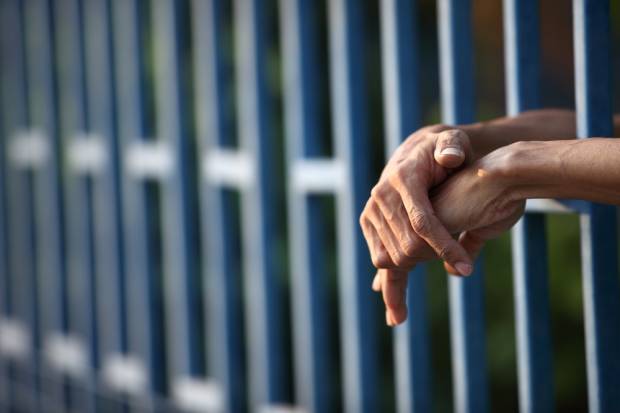New York City television stations disproportionately cover crimes committed by black people, according to a new report released by Media Matters. The report culled data from the New York Police Department and found that while African-American suspects had been arrested in 54 percent of murders, 55 percent of thefts and 49 percent of assaults, television stations including WCBS, WNBC, WABC and WNYW have featured coverage of crimes that are predominantly committed by black people. According to the report, the stations covered murders of which 68 percent of the suspects were African-American, 80 percent of the suspects of thefts were African-American, and 72 percent of the suspects of assaults were African-American.
Media Matters described its methodology:
Media Matters watched the late-night news on WCBS, WNBC, and WABC (airing at 11 p.m.) and WNYW (airing at 10 p.m.) during weeknights from May 26 until August 15. Media Matters recorded the race, if it could be determined, of suspects who were reported to be connected to crimes committed in New York City’s five boroughs. Any story about a crime committed outside of the city limits was excluded. The race of the suspect was recorded only if it could be determined from a picture shown on the air or if the suspect’s race was explicitly mentioned in the report. Any suspect whose race could not be determined was not included.
Obviously, this gap in coverage is a major problem. The news media’s main responsibility is to report facts accurately, but as we have seen with Ferguson coverage, selective omission has the power to strongly manipulate public opinion. The decision, made consciously or otherwise, to cover predominantly crimes committed by black people contributes to the notion that black people commit more crime.
Not only does that fuel racial bias, but it also affects how civilians feel about public policy. In a recent Slate article, author Jamelle Bouie wrote about a study from Stanford University psychologists in which they polled how random individuals would vote on California’s “three strikes” law (which mandates longer sentences for habitual offenders) after being shown a series of 80 mug shots of black and white male inmates. They were then offered the chance to sign a petition to amend the law to make it less harsh.
Bouie writes:
Unbeknownst to the participants, Hetey and Eberhardt had “manipulated the ratio of black to white inmates, to portray racial disparities in the prison population as more or less extreme.” Some participants saw a video in which 25 percent of the photos were of black inmates, approximating the actual distribution of inmates in California prisons, while others saw a video in which 45 percent of photos were black inmates…
The results were staggering. More than half of the participants who viewed the “less-black” photographs agreed to sign the petition. But those who viewed the “more-black” photographs, less than 28 percent agreed to sign. And punitiveness had nothing to do with it. The outcome was as true for participants who said the law was too harsh as it was for those who said it wasn’t harsh enough.”
By manipulating the ratio of crimes committed by black people to be disproportionately high, New York television stations are unwittingly performing this experiment on the most populous city in the United States.

